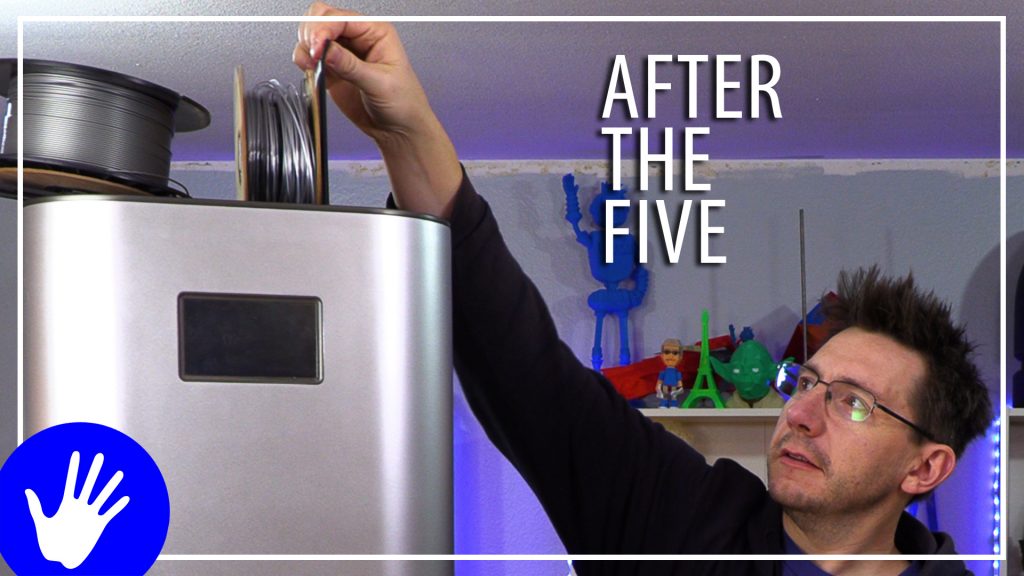

While you might know it as the mysterious ‘Silicon Valley of Asia’, or ‘The world’s electronics factory’, to us it’s just home. Once we have built momentum, we can concentrate not only on continuing IVI’s development, but on implementing our other ideas into future products. Our main goal is to get started and build brand awareness through crowdfunding. From the beginning of this journey, we didn’t see IVI as a one-off project, but as the start of a long-term journey. Some of them have been realized in IVI, some have not. To reduce the cost we developed a manufacturing plan in which the most costly and critical parts of the machine are completed with only two simple molds (far fewer than would normally be required for such a complex machine.) Not only can these two molds produce the lion’s share of the frame, they do it all with exceptional precision and reliability.Īs a team, we have countless 3D printing ideas and designs. Typically, the costs for mold production are high and a large output quantity is needed to ensure manufacturing is financially viable. “First, we use low cost extruded aluminum We were contacted by Andy from IVI 3D, who attempts to explain how they are able to produce the machine at such a low cost: If, for example, the wrong components were ordered and have to be re-purchased, will there be sufficient funds remaining to do so? The stakes get far higher at high order levels. If a device manufacturer drops their price too low, then there’s often a feedback loop that dooms their project: A low price attracts more orders, but more orders means a far more complex and risky manufacturing cycle. Oh, and it uses a closed loop process for high quality and reliability as well. In the case of the IVI, we’re concerned with their manufacturing capability for sure, but we’re also concerned with their rather low price: US$799 for a delta 3D printer that uses both extrusion and SLA processes, as well as providing laser scanning, engraving and CNC milling.

In fact, we wrote a Kickstarter checklist of things to be concerned with in such situations. Thus we always like to inspect the manufacturing capabilities of the startup company.

In many of these cases, failures were due to drastic mismanagement of manufacturing at scale processes. Over the past several years, multiple parties launched crowdfunded devices, but most of them were essentially technically indistinguishable from each other.Įven worse, there have been countless launch failures, scaring away many potential clients. Levels of Kickstarter launches of this magnitude have not been seen for quite a while, as the strategy of crowdfunding has been mostly exhausted.


 0 kommentar(er)
0 kommentar(er)
